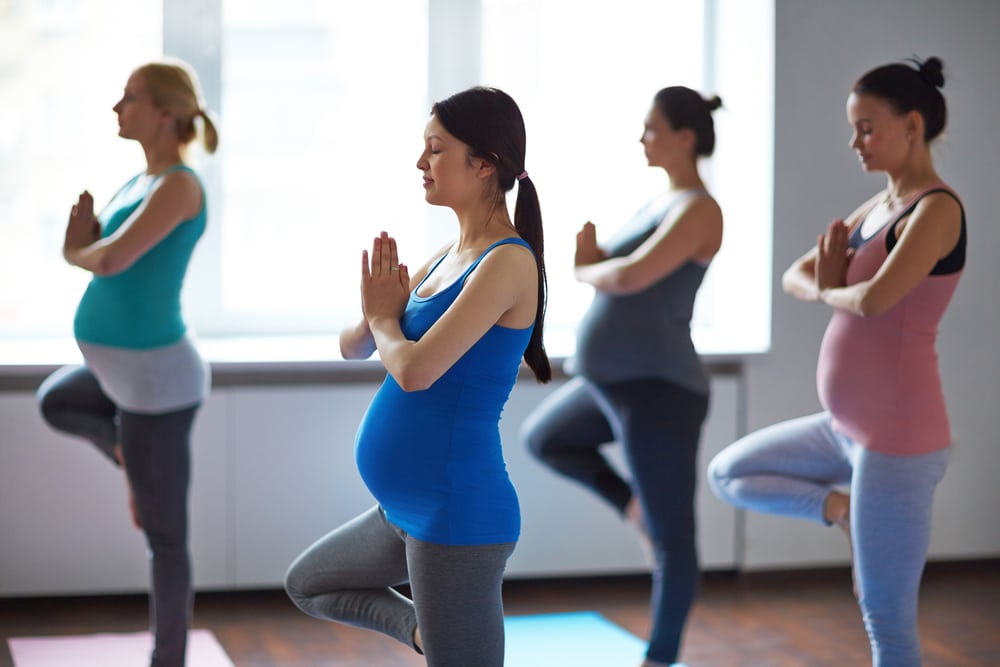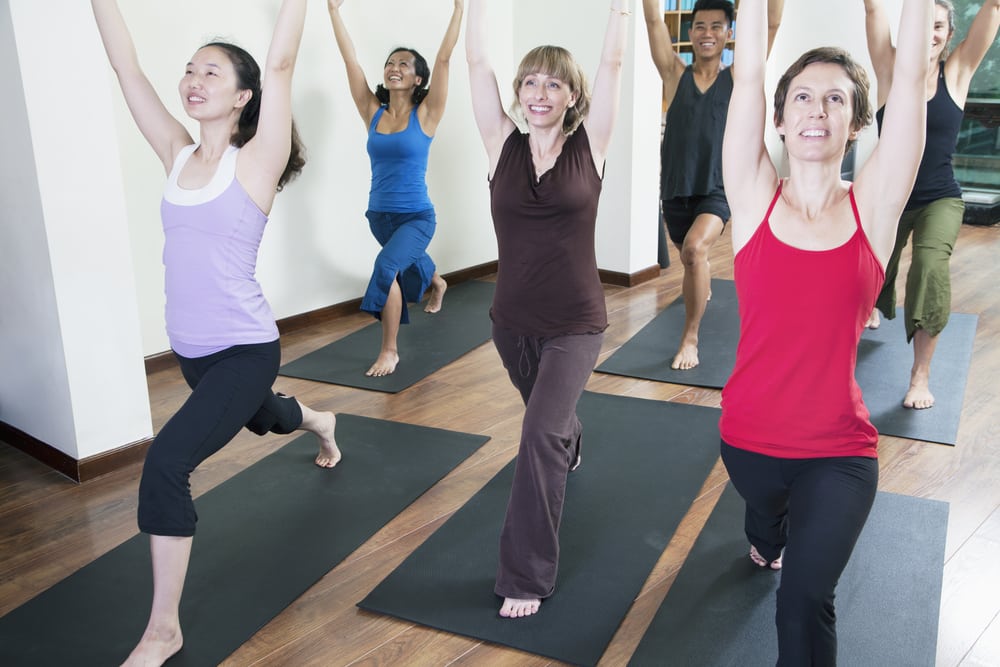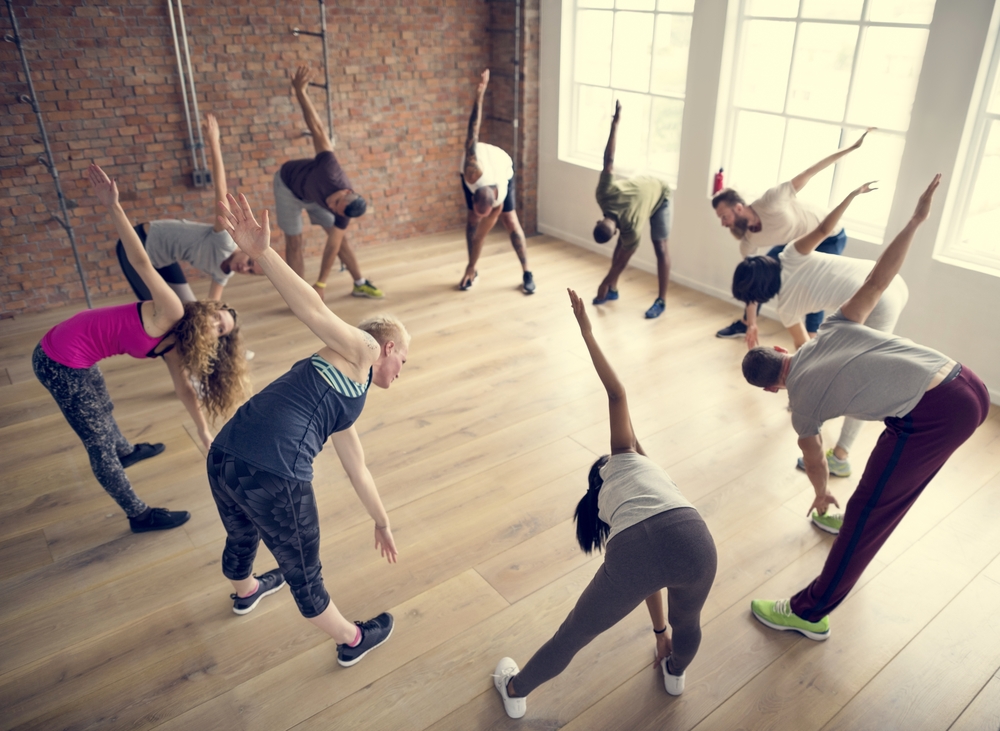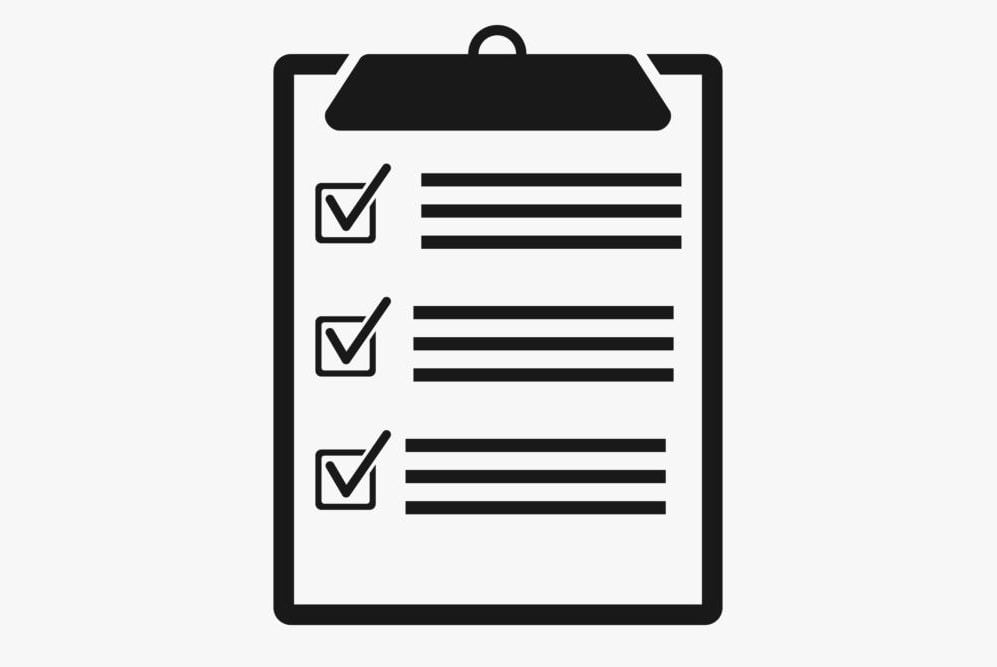
Introduction
Quickly assess your knowledge of Adaptation Foundations, and identify gaps in your education. See below for assessments on these subjects:
- Adaptation Principles
- Trauma Informed Teaching
- Working with Pain
- Pregnancy & Yoga
- Yoga & Pregnancy Cautions
- Beginners Introduction
- Mixed Level Classes
Purpose
Offer a series of free quizzes for yoga teachers to:
- Provide an effective way to assess knowledge of each of the Teaching Knowledge Standards.
- Make it easy to self-assess privately, on your own time.
- Help teachers who identify educational gaps to bolster their knowledge with accessible and practical lessons.
More Self-Assessments
For more self-assessments, see the Standards & Self-Assessment Hub.
Adaptation Principles

Teaching Standard
Be aware of adaptation principles that can serve as a foundation for making in-class decisions.
Assessment
- In yoga teaching, what is meant by “adaptation?”
- Differentiate yoga teaching adaptation from yoga therapy.
- Name four topics to become familiar with as background knowledge before considering how to approach an individual situation.
- Why is it important to know if a student is taking pain medication?
- What might be considered a first priority when considering adaptations?
- Describe an additional five principles that can serve as a general approach when addressing an individual situation.
- Expand on the how the presumption of inherent worthiness and wholeness is related to yoga teaching.
- What additional tools can teachers study to increase their ability to adapt for individual needs?
Trauma Informed Teaching

Teaching Standard
Become familiar with foundational considerations related to trauma-sensitive teaching and review specific tactics for promoting emotional and psychological safety in the classroom.
Assessment
- Why is an awareness of trauma-sensitive teaching useful and important for all teachers?
- What is at the heart of trauma-sensitive teaching?
- Give five trauma-sensitive teaching guidelines.
- Describe a consideration regarding the act of coming to a public class.
- Discuss the difference in approach to moving about the classroom in typical teaching vs. trauma-sensitive teaching.
- Describe considerations regarding verbalizing in a trauma-sensitive way.
- Discuss touch from a trauma-sensitive perspective.
- What are two common triggers and how can you avoid them?
- What could indicate a student is being triggered and how might you respond?
- Describe trauma-sensitive considerations related to Savasana.
Working with Pain

Teaching Standard
Cite research on the effectiveness of yoga with pain and apply knowledge of anatomy, physiology and yoga tools to adapt practices for pain.
Assessment
- When a student is experiencing pain in yoga, what are three foundational priorities?
- How can Hatha Yoga improve one’s ability to interpret and evaluate sensation?
- Describe how to use the breath as a guide in evaluating sensation.
- Becoming more skillful in evaluating sensation can lead to greater awareness related to suffering. Explain.
- If a student begins practice with a high pain level, how might they approach their practice?
- When experiencing pain, which asanas should be approached with caution or avoided?
- Why is it recommended to practice in a way that brings relaxation and nervous system balance?
- Describe how to approach movement when experiencing pain.
- What yoga tools apart from asana may be supportive for students who are working with pain?
Pregnancy & Yoga Introduction

Teaching Standard
Know the criteria for determining when it’s appropriate to accommodate a pregnant student in a general class and when it’s advisable to refer to a Prenatal Yoga Class.
Assessment
- Why do yoga teachers need to understand how to accommodate pregnant students?
- What’s the difference between a general yoga class and a Prenatal Yoga Class?
- The first question to answer when a pregnant student attends a general class is whether you should refer out or accommodate the student. What three facts will guide you in answering that question?
- When is it strongly advisable to refer a student to a Prenatal Yoga Class rather than accommodating her in a general class?
- A pregnant student experiences more instability and a greater chance of overstretching and hyperextending joints. Why?
- Why are pregnant students more likely to experience light-headedness or dizziness? How should a yoga practice accommodate this?
- Yoga teachers are advised to be prepared and to engage with students regarding pregnancy. Describe.
Pregnancy Adaptations by Trimester

Teaching Standard
Be aware of general safety cautions, plus guidelines and suggestions for each trimester.
Assessment
- What conditions cannot safely be accommodated in a general class and should prompt a referral to a Prenatal Yoga Class?
- What is the primary caution related to breathing?
- What type of breathing practices are best for pregnant students?
- Describe general safety cautions related to heat and heart rate.
- What two general practice guidelines are given due to the hormonal changes that cause muscles, ligaments and tendons to relax?
- What is a potential alternative for poses that are typically practiced on the belly?
- What is an alternative for supine poses?
- Describe a resting pose that can be used as needed throughout class.
- What additional safety suggestions apply to the first trimester?
- What additional safety suggestions apply to the second trimester?
- What is an additional consideration during the third trimester?
- What poses are contraindicated during pregnancy?
Beginners Introduction

Teaching Standard
Be prepared to teach to the unique needs of beginning Hatha Yoga students.
Assessment
- What might beginners find new and unusual in their first few classes? Include comments on how students may experience their body and how the brain reacts to new experiences.
- Aside from their physical fitness, what is a reason that yoga will be more mentally and physically tiring for beginners?
- Name six general categories of consideration when teaching students who are new to the physical practices of yoga.
- Give six ways that can you be thoughtful and supportive.
- Provide four examples of how to teach beginners with particular care.
- Describe four techniques to promote safety.
- Provide eight considerations related to sequencing mindfully and simply for beginners.
- Give seven examples of how to teach clearly.
- Provide four considerations related to choosing appropriate pose versions.
What Students Want & Need

Teaching Standard
Be prepared to balance students’ desires to be seen and included, a teacher’s need to promote safety, and the need for students to explore without feeling excessively “corrected.”
Assessment
- What are some universal desires and needs among students?
- Some students may feel awkward or uncomfortable, or carry inherent shame, which is experienced as nervousness or bravado or wanting to “be left alone.” How might you respect such needs while reconciling the universal need for inclusion?
- What are some ways that you can be particularly thoughtful and supportive with new students?
- What are some special considerations when demonstrating for new students?
- There’s a risk involved when a student is singled out for support. Explain the risk and how to address it.
Mixed Level Classes

Teaching Standard
Understand the challenges in effectively teaching a mixed-levels class and review suggestions for overcoming them.
Assessment
- What three primary areas can help teachers more effectively teach to mixed level classes.
- Describe a demonstration technique for mixed levels.
- Provide two additional considerations, as possible.
- Give an example of teaching verbiage that implies a hierarchy of value in pose practice, i.e., you are a better student if do this variation and a lesser student if you do this one.
- Explain considerations related to the words, “beginner” and “advanced.”
- Due to the nature of a mixed-levels class, you may be presented with a plethora of considerations for which students to give individual attention or adjustments. How might you respond to this challenge?
Next Steps

- To view more self-assessments, go to the Standards & Self-Assessment Hub.
- To bolster your knowledge and be recognized as a YTC teacher, enroll in the Yoga Teacher Central Study Program (details below).
- Members, view clear and concise lessons:

In a Nutshell
- The enrollment fee is $25 and is open to Yoga Teacher Central members, past members and non-members.
- Members receive current membership benefits plus additional benefits listed below.
- Enrollment in the Study Program qualifies you for lifetime YTC Teacher status.
Benefits
Enrolling in the Study Program gives you:
- A downloadable Knowledge Standards Lesson Guide to walk you through a structured study path toward certification.
- Selection of 5 downloadable lessons of your choice (from a library of nearly 500).
- Recognition as a YTC Teacher (for life; no expiration).
- Professional marketing kit for highlighting your YTC Teacher status on social media and your website.
- Excellent preparation for taking certification exams.
Members
- Your current membership gives you online access to not only thousands of pages of organized study and teaching knowledge, but also sequence breakdowns and teaching notes, theme plans, injury cheat-sheets, and so on.
- When you enroll in the Study Program, you get these additional benefits: a Knowledge Standards Lesson Guide, selection of 5 downloadable lessons of your choice, and a professional marketing kit for highlighting your YTC Teacher status on social media and your website.

See here for information about exams, badges and certification. Get links for each exam, and for a no-risk trial exam.
We think you’ll enjoy taking the exams. The questions are well-thought-out and the subject matter is quite engaging and significant for teachers. You’ll get an inspiring teaching after answering each question. At the end of the exam, you see a summary of wrong answers and the relevant teachings, giving you a personal study guide targeted to your needs.
This is an hour well-spent!












